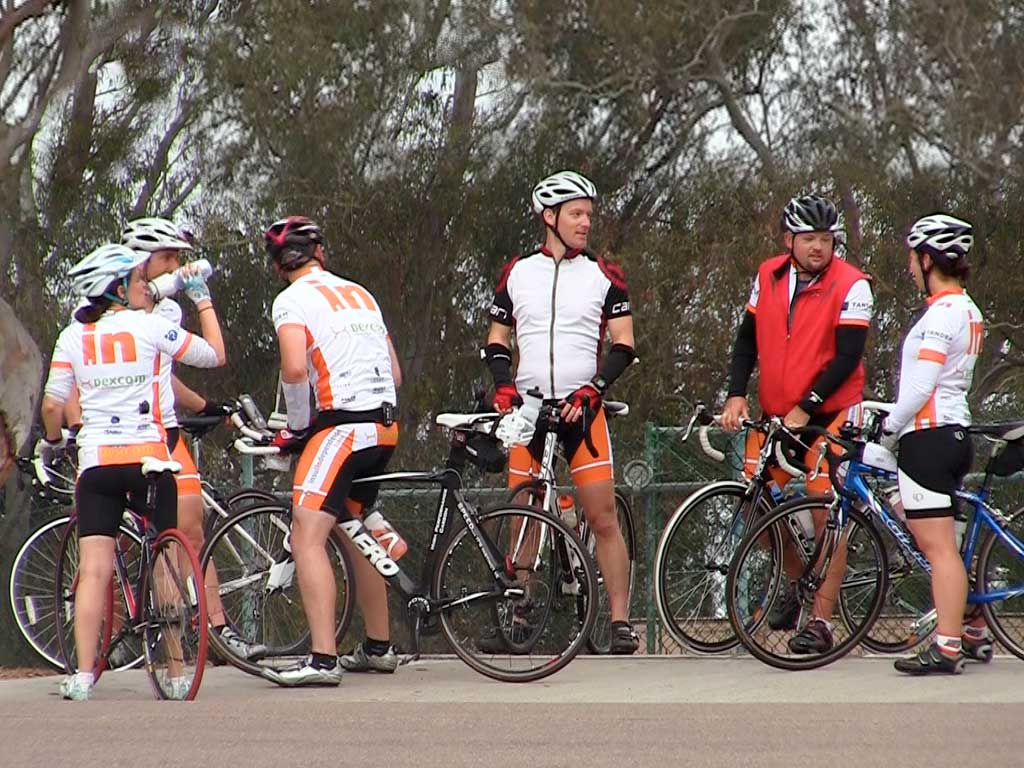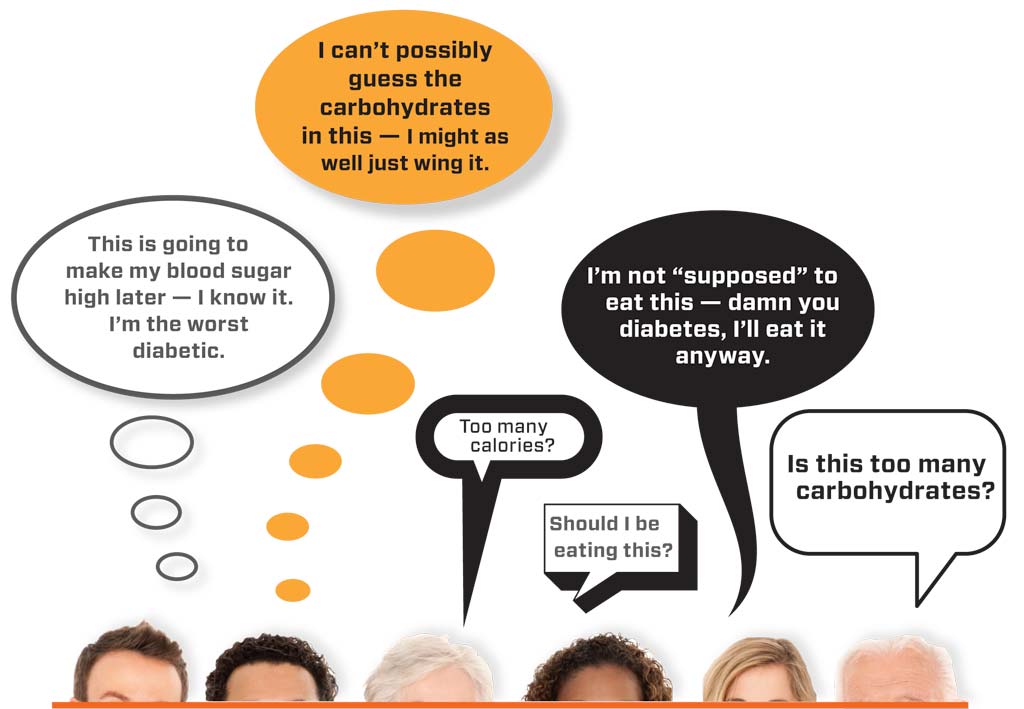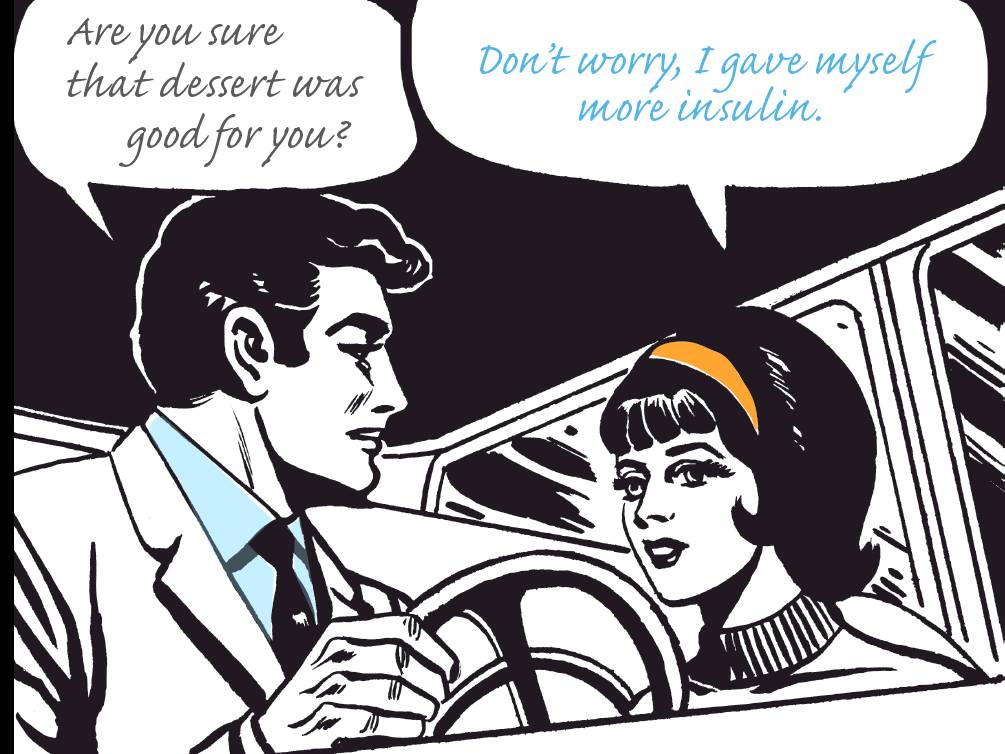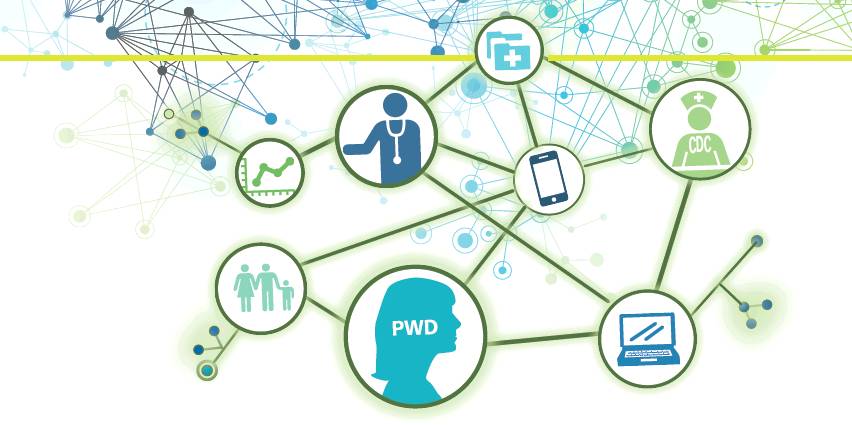Insulin Resistance and Type 1 Diabetes
Insulin resistance isn’t only a type 2 problem; taking steps to reduce your insulin resistance is good for anyone with type 1 diabetes

Insulin resistance isn’t something most type 1 diabetics spend a lot of time dwelling on. And why would they? This is only a problem for type 2 diabetics.
Is it only a Type 2 Problem?
When I was first diagnosed with type 1, my approach to the whole disease was simple: In order to be as healthy as the next person, I needed to work twice as hard. I became hyper-focused on my diet and on staying active. If a normal person could stay healthy eating well 90% of the time, then I needed to eat well 99% of the time. If the normal person needed to exercise 30 minutes a day, then I needed 60.
I spent a lot of time researching superfoods, cardio health, and blood sugar stabilizing supplements. Naturally, a lot of this research led me to read about the health struggles of type 2 diabetics. Which made sense, their disease is influenced heavily by food and exercise, while ours, we’re told, is dictated wholly by genetics and random chance.
But the more I read, the more I started to focus on this phenomenon of insulin resistance. And the more I realized this was not an issue relegated to type 2’s alone. It affects everyone, even healthy people. And if that’s true, then it only stands to reason that this phenomenon can play a huge part in how well a type 1 diabetic can control their blood sugars.
What is Insulin Resistance?
Insulin resistance occurs when the cells in your muscle, fat and other tissues require higher and higher amounts of insulin in order to uptake glucose from the blood. If this condition occurs long enough to wear out the pancreas and blood sugars begin to rise, then it will lead to type 2 diabetes.
But for many, the body is able to respond by simply increasing the amount of insulin made to keep blood glucose levels within normal limits. Someone in this position is unlikely to ever know they are suffering from insulin resistance.
Unless of course, that person happens to have type 1 diabetes.
In that case, the person will notice that they need to use more insulin throughout the day to keep their blood sugars level. They may also notice their blood sugars are harder to control or respond unexpectedly to food or insulin doses.
Naturally Occurring Insulin Resistance
There are a lot of naturally occurring causes of insulin resistance, even in a healthy body.
Hormones are one of the biggest culprits. How efficiently your body uses insulin can change based on the hormones in your system at any given time. Most diabetics are already aware of this even if they haven’t thought about it in terms of insulin resistance.
When your stress hormones rise, your blood sugar usually follows. This is because stress hormones flood your system with extra glucose. In turn, you need to take more insulin to lower your sugars. The more chronically stressed you are, the more your overall insulin needs rise and the more likely you are to develop some insulin resistance.
Type 1 women are especially aware of the relationship between hormones and insulin resistance. This is one of the reasons that insulin needs change throughout the month. Pregnancy hormones, in particular, are a beast at creating insulin resistance.
All women experience this phenomenon while pregnant. Many won’t even notice it’s happening. Some will develop gestational diabetes and need to take insulin throughout the pregnancy. Type 1’s, of course, will not only notice it but feel it’s full wrath. When I was pregnant, I went from taking around 25 units of insulin a day to around 75. My pump didn’t even hold enough insulin to get me through two days unless I supplemented with injections for meals.
But insulin resistance didn’t just affect how much insulin I needed, it also effected how my sugars responded. If I wanted to avoid my sugars spiking over 200 right after a meal, I had to “pre-bolus” for that meal an hour before I ate.
It seemed like all the rules of my diabetes had suddenly changed. Then my daughter was born and my insulin needs dropped back to normal almost immediately.
How to Reduce Insulin Resistance
Not all insulin resistance is a normal, natural thing. Eating sugar-laden and overly processed foods tax the hormone systems in your body. Carrying around excess weight, especially fat deposits, ramp up the development of insulin resistance.
Type 1’s are not immune to this problem, either. In fact, there is a growing number of people stricken with “double diabetes” – type 1s who develop bad enough insulin resistance to also be considered type 2 diabetics.
A few years ago, I joined a gym for the first time since my diagnosis. Normally, I kept myself in shape by running, hiking and doing other cardio-based exercises. Now that I had access to weight machines, I started a dedicated muscle building routine. For the first time in a long time, the idea of insulin resistance was at the front of my mind. Even though my weight stayed about the same, after a couple of months with the new workout routine, my insulin needs dropped dramatically.
Even though I was thin and otherwise very healthy, that little bit of extra fat I was carrying around had caused some degree of insulin resistance that disappeared once the fat did.
I noticed a similar thing happen when I refocused my attention to eating a healthy, whole-food, plant-based diet. My insulin needs dropped and my blood sugars became a hundred times easier to manage. Without really trying, my A1C dropped below 5.5 for the first time in the eight years since my diagnosis.
Reducing Your Insulin Resistance Will Pay Off
As a type 1 diabetic, you can’t afford not to be focusing on minimizing your insulin resistance. Literally. The more readily your body accepts the insulin you inject into it, the less insulin you will need to use. That means spending less money on insulin. And we all know how much those little vials and pens cost.
I went to a diabetes Meetup recently where everyone shared how much basal and bolus insulin they used a day. I was blown away at some of the numbers I heard. Some people, even those younger than me and who had had diabetes less time than me, were using more insulin a day than I loaded in my reservoir to last three days.
But it’s not all about the insulin or even the resistance to it.
Insulin resistance is just one factor in the cyclical world of diabetes. Exercising, building muscle in place of body fat, reducing your stress levels, and eating a diet of unprocessed, healthy foods that nourish your body instead of poison it, are all key to helping you control your blood sugars more easily.
And the more normal your blood sugars, the lower your insulin resistance. And the healthier you will be for the long run.







